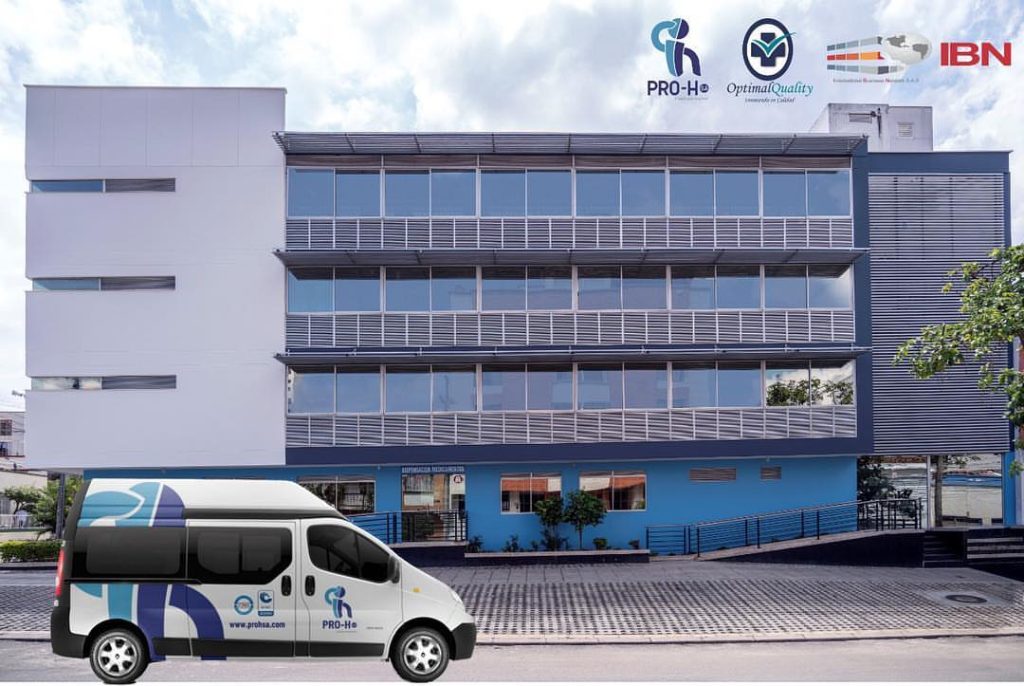This healthcare group operates several outpatient centers and clinics, offering primary and specialized medical services to thousands of patients monthly. The organization was experiencing rapid growth but faced increasing complexity in synchronizing its administrative, clinical, and pharmaceutical operations under national health data standards.
The Chalange
The group’s IT ecosystem was highly fragmented — separate software for appointments, clinical records, billing, and pharmacy, each storing redundant and often conflicting data. This created inefficiencies that affected both staff productivity and patient experience.
Inconsistent clinical documentation and manual RIPS generation led to delayed insurance reimbursements and compliance risks with local health authorities.
Furthermore, the absence of interoperability meant that clinical data could not be exchanged between departments or with external institutions. The leadership’s goal was clear: implement a centralized platform that unifies clinical, financial, and administrative operations while ensuring compliance with HL7 and FHIR interoperability standards.
What did
Tagnara do
Tagnara implemented a customized ERP + HIS solution that consolidated the organization’s operations into a single digital infrastructure.
Our approach included:
Deployment of Electronic Health Record (EHR) modules with complete patient history and physician workflows.
Integration of appointment scheduling, billing, and RIPS JSON automation, ensuring accuracy and regulatory compliance.
Medication dispensing and pharmacy automation, directly linked to clinical orders.
Implementation of HL7/FHIR-compatible APIs, enabling seamless data exchange between care levels — outpatient, emergency, and surgery.
Ongoing rollout of hospitalization and surgical modules, extending digitalization to high-complexity areas.
We also trained medical and administrative staff through customized onboarding sessions, ensuring seamless adoption and long-term operational autonomy.

The Results
- Unified patient data accessible across every clinical department.
- 40% reduction in average patient service time.
- Full HL7/FHIR interoperability, allowing real-time data sharing between systems.
- Automated financial and administrative reporting, improving decision-making.
- Increased compliance with health authority standards and faster billing cycles.



